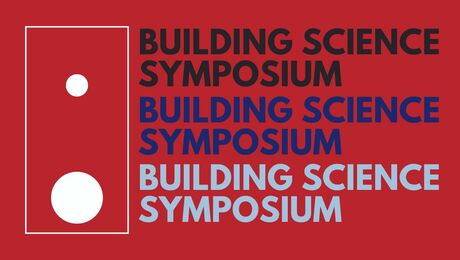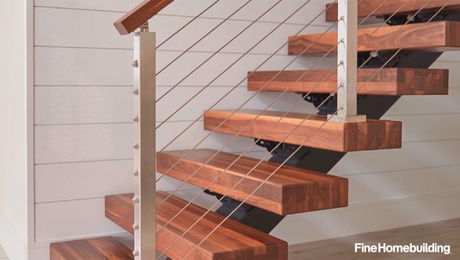I recently viewed a video featuring Mike Guertin in an attic installing a tubular skylight. There was a white “plastic” material attached to the bottom of the rafters apparently throughout the attic.
Was the material there for vapor barrier purposes?
I am currently about to start re- roofing my lake house with metal. We plan to cover the sheathing with 30# felt paper and lay down the metal on the felt with no furring strips. I am concerned about condensation on the underside of the metal. We have decided to install a vapor barrier on the underside of the rafters in a vented attic.
Would the use of the “new” synthetic underlayment (impermeable) instead of the felt make the vapor barrier on the underside of the rafters unnecessary?
Charlie Chan


















Replies
Yes, the white plastic was probably a vapor barrier.
No, adding a waterproof membrane under shingles is not the same as a vapor barrier. Two entirely different purposes.
The purpose of a vapor barrier is to prevent mosture from passing from the wintertime high humidity house into the insulation (where it could condense and cause a mess). It's all about dewpoint.
Vapor barriers
Thanks, but this house is in South Carilina, built in the 1970's. Attic insulation is only on the floor. There is no insulation between the rafters. I believe that moisture might condense on the underside of the cold metal in winter time.. Felt paper, being permeable, would not help with that potential problem.
I would like to use a non-permeable synthetic underlayment on top of the sheathing and omit the vapor barrier in the attic attached to the underside of the rafters.
Is that an advisable thing to do?
In South Carolina there's no need for a conventional northern climate vapor barrier on the inside of the insulation. There MAY be a need for a vapor barrier on the OUTSIDE of the insulation, if the house is kept fairly cool most of the time. (You have a potential problem if the dewpoint outside is higher than the temperature inside for long periods of time. Eg, 85F with 65% relative humidity is about 70 dewpoint.)
The waterproof membrane, if properly installed, should be reasonably effective in protecting against condensation on the underside of the metal roof. How real of a problem this is I don't know, but the membrane can't hurt anything (other than your wallet).
If you have a conventional attic, ventilated to the outside, with insulation on the attic "floor" between the joists, then there's no point in a "vapor barrier" attached to the roof rafters in any climate. There is a vague possibility that someone might attach plastic to the rafters to divert roof leaks, but that's not a particularly good long-term strategy.
For a "conditioned" attic, where the attic exchanges air with the rest of the house, you would of course have any insulation between the rafters, and, in a colder climate, perhaps a vapor barrier below the insulation. (The design of such a roof can be quite complex.)
Condensation =metal roof?
A water vapor barrier (plastic sheet) is used to prevent the passage of water vapor through the air, with the hope that it will prevent the molecules of water vapor from entering/being absorbed into/raising the water content of, wood to a level where wood rot will start or mold will form on its surface.
If the metal roof is zinc plated or protected in some other way from rust, there is no point in adding a vapor barrier as condensation will form on the underneath of the metal at the same time as condensation, frost, ice or snow forms on the top. If you add a water vapor barrier, the condensation will form on the barrier. When enough forms it will drip and run.
Because water molecules are incredibly tiny, much, much smaller than air, it is almost impossible to stop them reaching a cold (below dew point surface) most water vapor barriers are badly fitted and do not work especially well. The water vapor can usually find a microscopic gap/or gaps to pass through.
The simple method is to allow lots of ventilation, to allow the roof to follow the outside temperature as far as possible, and at the same time to prevent water vapor in the home from entering the attic.
You can of course spray the roof, however trying to get perfect and complete coverage will be a challenge.
Perry, the problem with a corrugated steel roof is that air will enter at the eaves under the steel/over the sheathing and flow upward due to convection. On a clear cool night after a warm, humid day the steel will drop below dewpoint due to black body radiation and moisture will condense on the steel surface. The moisture that condenses on the top is, of course, no problem, since it wll just run off, but the moisture that condenses underneath will run down onto the sheathing. (The situation can, of course, be made worse if there is only skip sheathing under the steel, but solid sheathing will have the problem in some cases.)
Like I said, I don't know how "real" a problem this is, but it is there, at least in theory.